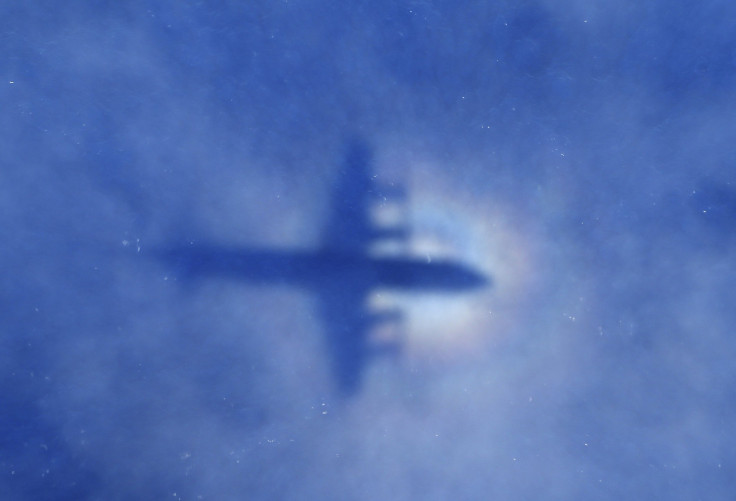MH370 Crash And Current Update: What The Debris Can And Can't Answer About Vanished Malaysia Airlines Flight

As the sun rose over Malaysia on Thursday, a team of investigators was on its way to figure out if a large piece of aircraft that washed ashore in the French department La Reunion is a piece of the missing Malaysia Airlines MH370. The flight, which vanished over a year ago, took off from Kuala Lumpur on its way to Beijing on March 8, 2014, with 239 people on board.
Experts (including some from Boeing, the manufacturer) have said that photos of the debris appear consistent with a specific piece of a Boeing 777, which MH370 was. There are no other 777s unaccounted for anywhere in the Indian Ocean, so aviation experts are likely to be able to determine quickly if the wing fragment is indeed from the flight.
It would be the first physical clue after more than a year of absolute mystery. But many questions will remain unanswered -- for now, and maybe forever.
Some of the lingering questions:
How did this piece of wing get to La Reunion?
The small island of La Reunion, off the coast of southern Africa in the Indian Ocean, is about 3,800 miles away from where search crews thought the plane may have crashed and where search efforts have been focused. The piece would have floated all the way there on ocean currents at a speed of about 10 miles a day.
Some experts find that scenario believable, but an oceanographer who specializes in ocean currents and worked on computer simulations to try to figure out where MH370 would have floated told the New York Times that the search zone doesn’t quite add up for where and when this piece of debris washed up.
The primary search area was focused on an area of the ocean off of southwestern Australia, but in order to have washed up now on Reunion, it is more likely that the plane crashed in the northwest. Computer simulations showed that for the crash zone search crews had expected, debris washing up now in La Reunion would be possible, just not probable.
How did this plane go down?
This is the most compelling unknown, but more debris could help figure it out. Depending on the wreckage found, engineers and experts could conclude how fast the jet was moving, what it hit and at what angle.
Glenn Winn, an aviation security specialist and professor of engineering at the University of Southern California, said that, given the testing airline parts go through, there will be some forensic evidence to help investigators get at least a better idea of what happened to the plane on impact. For instance, the way in which the flaperon was dismembered from the rest of the aircraft could indicate whether or not the plane hit at superfast speeds or glided down. If the hinges are snapped relatively clean, it may have been moving very quickly. If they appear to have been more bent, that could tell a different impact story.
If this is MH370, will more pieces come ashore on La Reunion?
This is anyone’s guess at this point. Ocean currents aren’t exactly walled-off, neat phenomena. Debris could spread to a large area in the ocean and pieces may not wash ashore where they would be found. More could wash up, but it isn’t a certainty.
Will the families ever find remains of their loved ones to bury?
The ocean is a tumultuous place, and human bodies deteriorate rather quickly. In colder waters, which the Indian Ocean is not, bodies can remain intact for longer than in warmer waters. And more than a year after the presumed crash, it's virtually certain that no human remains will be recovered.
© Copyright IBTimes 2024. All rights reserved.






















